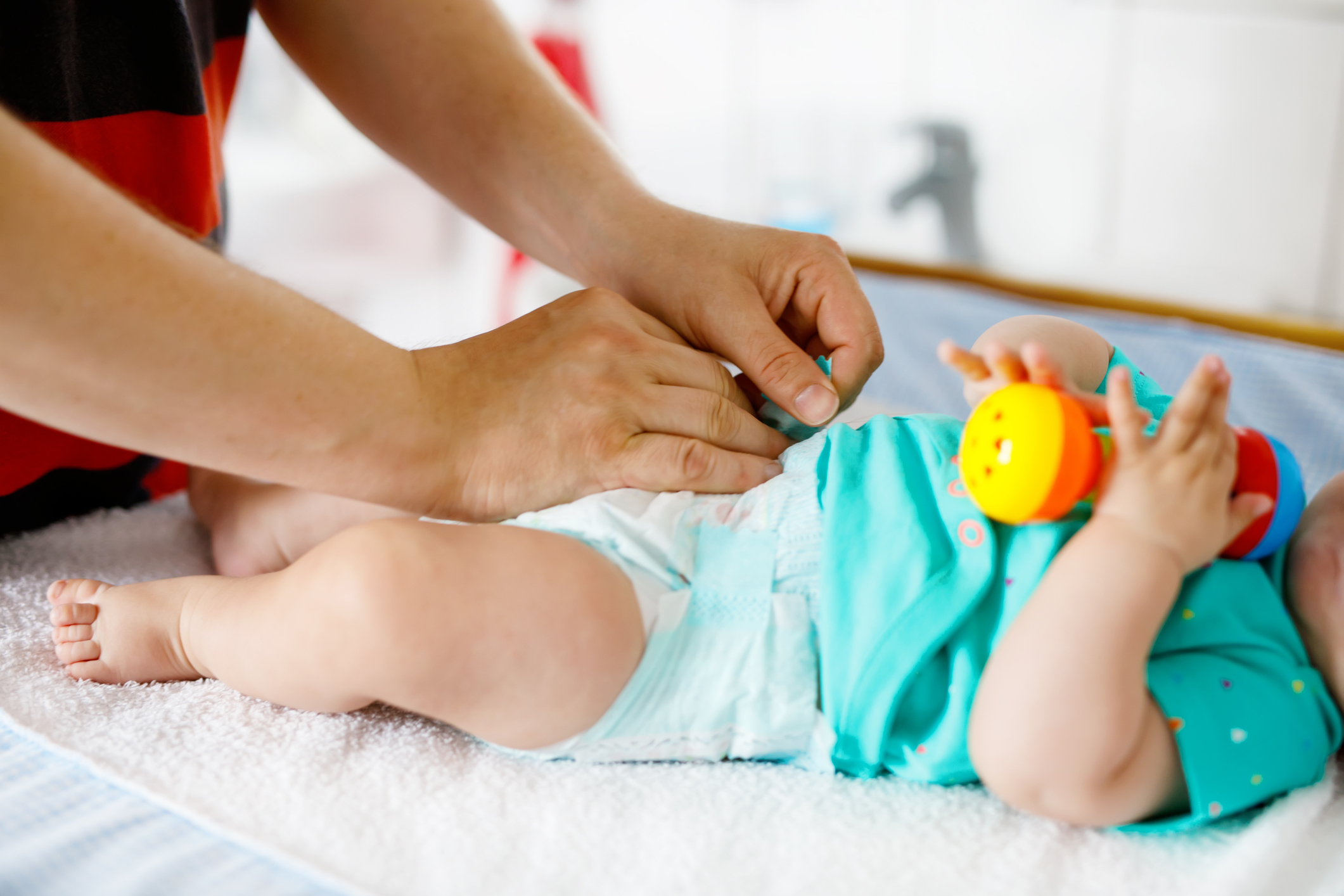
Boogie (Low) Down: What’s up With All This Mucus?

Whatever name you call the sticky stuff; nasal discharge can cause a lot of problems for children throughout the year. Most often, children are seen when nasal discharge changes color or starts to increase. In this article, we decode boogers’ mysteries and give you the “boogie low down” of when you may want to seek a healthcare provider.
Clear mucus or clear boogers are often no cause for concern. We all get them. From sneezing out a clear snot rocket to a clear, dripping stuffy nose, clear mucus doesn’t usually bring us running into our local pediatrician’s office. Clear or uncolored nasal discharge is often the first sign that something has irritated your nasal passages. The formal definition of phlegm, according to Merriam-Webster, is “viscid mucus secreted in abnormal quantity in the respiratory passages” (Merriam-Webster, 2020). Whoa. What?!? Let’s boogie low down this statement.
All this means is that your sinuses, the lining of your lungs, or your respiratory tract are irritated by something.
It can be a virus, an allergen, or even bacteria in these early stages. The first few days of clear nasal drainage can actually be when you are most contagious (R. Zamani, 2009). Several viruses can cause a runny clear nose, including the most common, rhinovirus (the common cold). Unless your child is less than 6 months old or has difficulty breathing, you can probably ride this boogie train out at home.
White mucus also isn’t a cause for alarm. It is usually related to allergies, asthma, or viral illness (cold, flu, etc.). You should see your pediatrician if you have asthma because this could be a sign of worsening symptoms or a trigger. Allergies can often be managed at home with over-the-counter medications. However, if the symptoms have been lasting for more than 1 week, you may need to follow up to get some new tips, tricks, and dance moves to handle your stubborn mucus.
Pink/Red/Bloody mucus is a red flag, and you should have your child seen by your healthcare provider right away. Children can get bloody noses from dry air and irritation, but coughing up blood-tinged mucus can be a sign of bacterial infection or underlying causes.
Charcoal/Grey/Black mucus usually means that your child has been exposed to some air pollutant. Common exposures for children include cigarette smoke or smog (air pollution) (Parsons, 2017).
Yellow/Green mucus is probably the cause of most pediatric visits. The phrase “Well, their mucus started turning green and yellow, so I knew there was a bacterial infection, and they needed antibiotics” often rings through many an exam room.
Well, boogie experts, you are right, but only partially!! Yellow/green mucus could very well be bacteria, but it doesn’t mean that your child necessarily needs an antibiotic. Read on for the boogie low down on that pesky-colored snot.
Yellow and green mucus are the result of the body fighting back. The phlegm colors begin to change after 2-3 days of your body fighting whatever irritant it is trying to rid itself of (CDC, 2019). This means that white blood cells and other good fighters from the body’s immune system are sent to your respiratory tract and nasal passages to mount their defense. Your child’s boogers may change in the course of those 2-3 days from clear to white to yellow as more of those awesome defenders show up (Shmerling, 2016). As your body heals, your nasal passages will attempt to return things to the way they were. The mucus will dry up, and the body will try to grow back the normal bacteria in your membranes (CDC, 2019). This process turns your boogies into dark green or bright green. To determine if your child needs an antibiotic, you should see a health care provider. Here are some things you should expect at the visit:
- Do expect your provider to ask you questions about how long the illness has gone on and what other symptoms your child has been having
- Do expect that they may run tests to check for common viruses such as the flu or common bacterial infections such as strep
- Do expect your provider to ask how much your child has been drinking and if they have had any fevers
- Do expect your provider to ask you to wait out some symptoms and possibly come back for a recheck if needed
- Do expect your provider to give you tips and tricks on how to keep your child comfortable with the extra mucus production
- Do NOT expect to be given antibiotics, no matter how long the green mucus has been present
- Do NOT expect to be given a prescription, as many mucus issues can be treated with over-the-counter remedies
If you have any concerns about your child, whether it is their symptoms or how long they have been sick, please visit KidMed. We are happy to answer questions and examine a child you have concerns about. Nothing makes us happier than educating our families and caring for our community.
Now, get out there and boogie down for the rest of the flu season!
References:
Parsons, J. (2017, December 22). What does the color of phlegm mean? Available at: https://wexnermedical.osu.edu/blog/what-does-the-color-of-your-phlegm-mean [Accessed 26 Feb 2020].
Shmerling, R.H. (2020). Don’t judge your mucus by its color – Harvard Health Blog. [online] Harvard Health Blog. Available at: https://www.health.harvard.edu/blog/dont-judge-your-mucus-by-its-color-201602089129 [Accessed 1 Feb. 2020].
U.S. Department of Health and Human Services, Center for Disease Control and Prevention. (2019, October 9). Runny Nose from a Cold and Antibiotics: Q&A Guide for Parents. Available at: https://www.cdc.gov/antibiotic-use/community/pdfs/runny-nose-bw-faqs.pdf [Accessed 31 January 2020]
Zamani, A. Rahman. (2009, September). Health and Safety Notes California Childcare Health Program: Runny nose in the Child Care Setting. Available at: https://cchp.ucsf.edu/sites/g/files/tkssra181/f/runny_en0909_0.pdf [Accessed 31 January 2020]
Read More
-

Diaper Rash: How to Treat and Prevent
Read more: Diaper Rash: How to Treat and PreventA diaper rash is a common complaint and among the most common rashes in infants and toddlers. A diaper rash is miserable for babies…
-

Can My Child Get X-Rays at Any Urgent Care Center?
Read more: Can My Child Get X-Rays at Any Urgent Care Center?Most urgent care centers offer X-rays. But simply having access to X-ray equipment is not the same as having access to the best medical…
